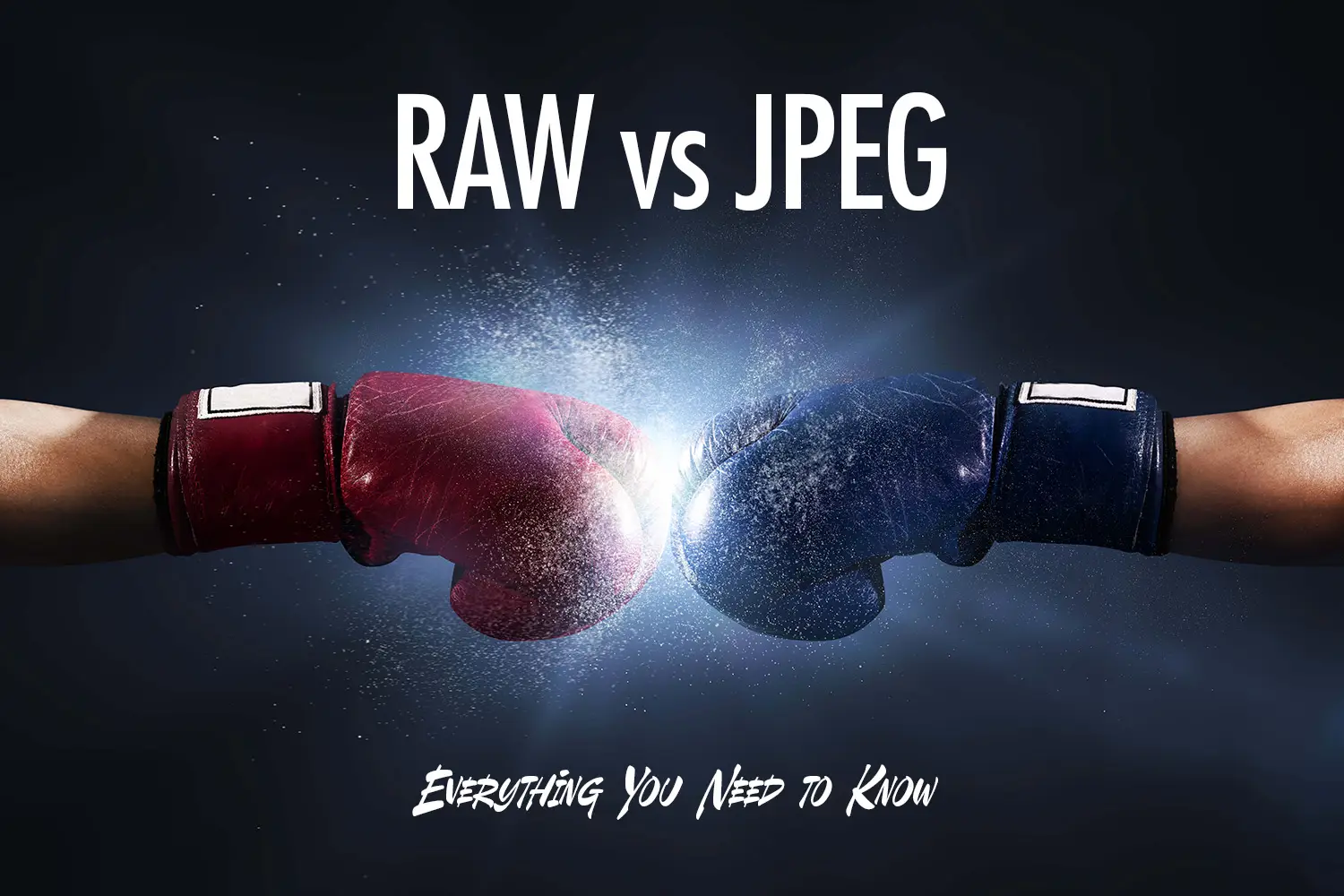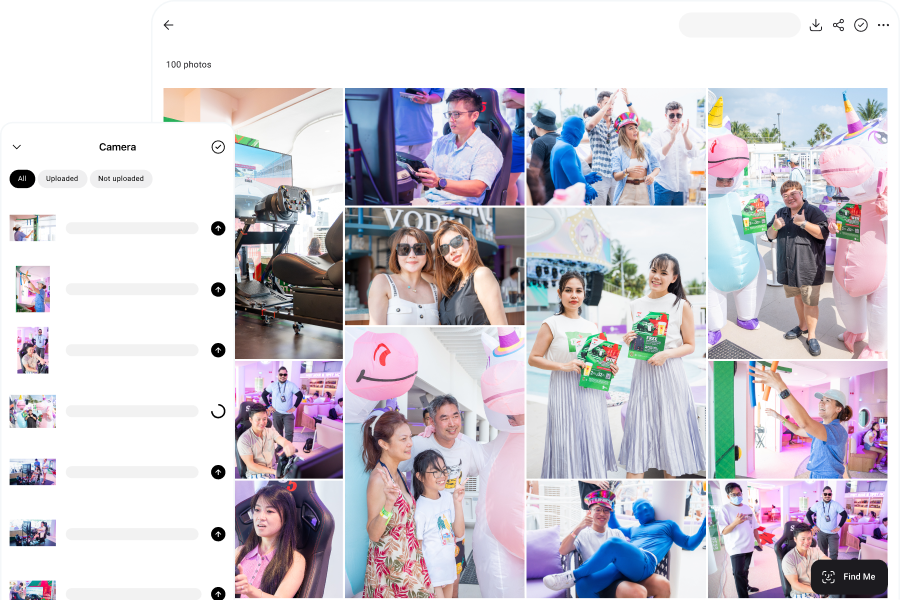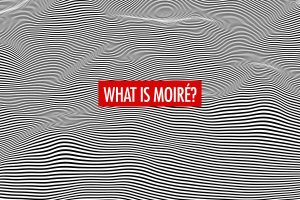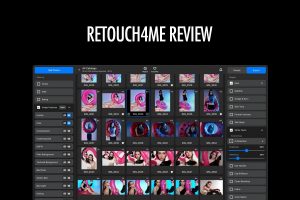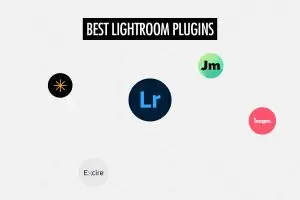RAW or JPEG?
It’s a question every photographer has faced, usually when setting up a new camera or tweaking the workflow for a specific shoot. But this isn’t just a beginner’s dilemma. Even seasoned professionals revisit the RAW vs JPEG debate regularly, especially when juggling client demands, storage limitations, and the need for speed.
With today’s advancements in camera technology like higher megapixel sensors, faster image processors, and dual card slots, both RAW and JPEG formats have evolved. JPEGs are smarter and more detailed than ever, and RAW files are easier to handle thanks to faster editing software and improved hardware. But the core differences remain, and the format you choose still has a major impact on how you shoot, how you edit, and how you deliver.
The truth is, there’s no universal best format. Each has its strengths, and understanding those strengths can make a big difference, whether you’re photographing a fast-paced wedding, a meticulously lit product, or a once-in-a-lifetime travel scene.
In this guide, we’ll break down what makes RAW and JPEG fundamentally different, how they behave in real-world photography scenarios, and when it makes sense to choose one over the other. We will also share how the format you choose can influence your shooting habits, backup strategy, editing process, and overall creative control.
If the question, “Should I be shooting in RAW or JPEG?” has ever crossed your mind, you’re in the right place.
What Are RAW and JPEG Files?
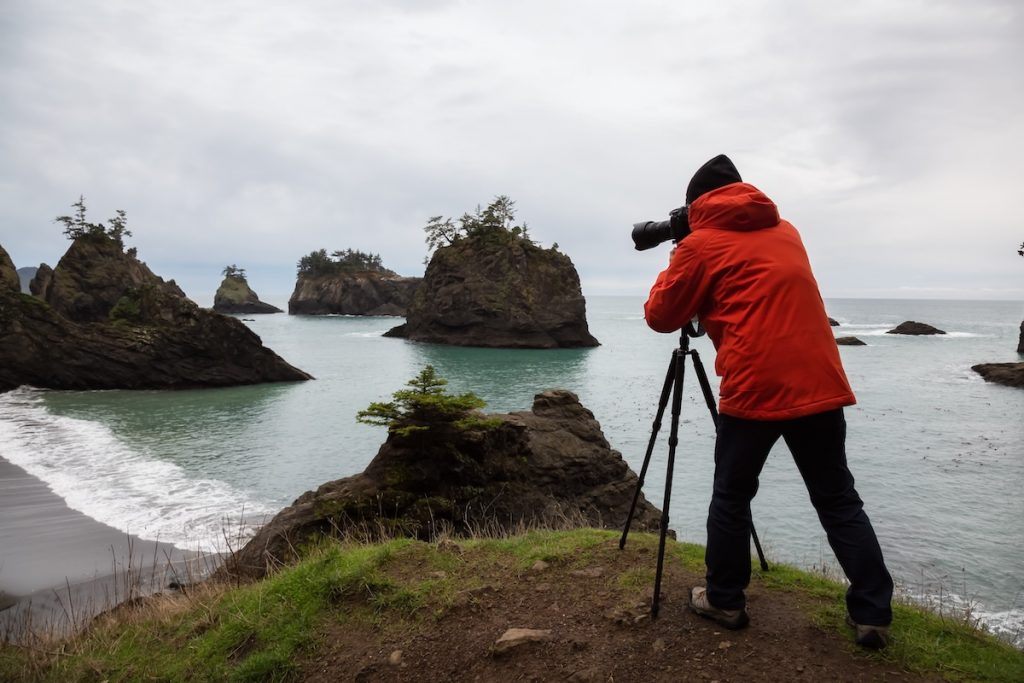
To choose the right format, you need to understand what each file type is, and what it’s doing behind the scenes.
RAW: Digital Negatives
A RAW file is exactly what it sounds like—raw data from your camera’s sensor. It’s unprocessed, uncompressed, and untouched by the camera’s internal editing. Think of it like a digital negative: it doesn’t look great straight out of the camera, but it gives you the full range of image data to work with.
When you shoot in RAW, you’re capturing every ounce of information your camera sees, including subtle details in highlights and shadows, full color depth, and a wide dynamic range. This makes RAW ideal for images you plan to edit heavily or print at large sizes. It’s also a lifesaver in tricky lighting situations, where you might need to recover blown highlights or pull detail from deep shadows.
But RAW files are large, often two to six times bigger than JPEGs and they can’t be used right away. You’ll need to import them into a professional editing software like Lightroom, Capture One, or Adobe Camera Raw to process and export them into a shareable format.
In short: RAW gives you maximum flexibility, but demands more from your workflow.
JPEG: Ready-to-Go Images
JPEGs, on the other hand, are processed in-camera using your camera’s picture profile settings. Your camera applies sharpening, noise reduction, white balance, contrast adjustments, and color enhancements—all in a split second. Then, it compresses the image, discards some of the data, and gives you a finished file that’s ready to be used.
That means what you see on your camera screen is much closer to the final image. JPEGs are smaller in file size, faster to transfer, and easier to deliver. They’re perfect for fast-paced work where speed is critical—think sports, live events, or any situation where you need to send images to a client quickly.
However, because JPEGs are compressed, some of the original image data is lost permanently. That makes them less forgiving in post-processing. You can still tweak exposure and color, but only within a narrow margin before image quality starts to break down, especially with strong edits.
In short: JPEG is fast, lightweight, and efficient—but it doesn’t leave much room for mistakes or heavy editing.
Bottom Line
RAW preserves everything. JPEG discards what it thinks you don’t need. One prioritizes flexibility, the other prioritizes speed.
The decision isn’t about choosing the better format, it’s about choosing the right format for the job.
RAW vs JPEG: Key Differences
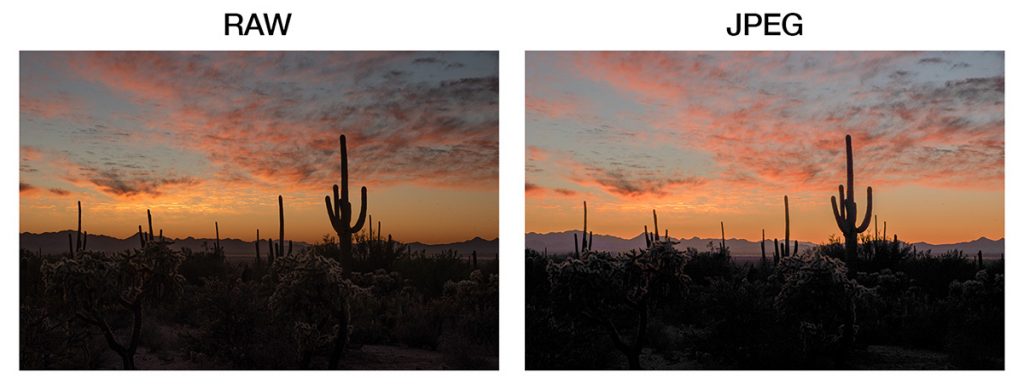
When it comes down to image performance, the biggest differences between RAW and JPEG show up in three areas: image quality, dynamic range, and color accuracy. These technical factors have a real impact on how much you can push your edits, how your images look in print, and how confidently you can shoot in challenging lighting conditions.
Image Quality
RAW files contain all the data recorded by your camera’s sensor. Nothing is discarded or compressed during capture. This means the textures, edges, and fine patterns in your image are preserved in their original quality. Whether you’re shooting high-end portraits, intricate landscapes, or detailed product photos, RAW ensures that every subtle element—from skin texture to fabric weave—remains intact and available for refinement during editing.
JPEGs, by contrast, are compressed. During this process, the camera analyzes the image and discards parts of the data it deems “unnecessary” in order to reduce file size. While this might not be noticeable at a small scale, zooming into a JPEG or printing it at a large size often reveals artifacts: blocky patterns, soft edges, and smudging in areas with fine detail like hair, foliage, or glittering surfaces.
JPEGs also apply in-camera sharpening, noise reduction, and contrast adjustments. While these can make a photo look more “finished” on your camera screen, they also mean you’re locked into whatever the camera decided was best. With RAW, you’re in full control over how much sharpening or noise reduction to apply, and you can do so non-destructively.
If your work is destined for high-res delivery, large prints, or detailed retouching, the additional data in RAW files becomes indispensable. JPEGs are convenient and great for everyday use, but in critical situations, they can hold you back.
Dynamic Range
Dynamic range is one of the most important technical attributes in digital photography. It determines how well your camera can capture both the darkest shadows and the brightest highlights in a single image.
RAW files have the upper hand here by a wide margin. Because they contain more data and no in-camera tone curve, they retain detail at both ends of the tonal spectrum. That means if you accidentally overexpose the sky during a sunset shoot or underexpose the shadows in a dimly lit reception hall, there’s a strong chance you can recover the lost detail in post. RAW allows for significant exposure adjustments without introducing noise or banding, especially if you’re working with a modern full-frame or medium-format sensor.
JPEGs, on the other hand, bake in a contrast curve that clips highlights and shadows more aggressively. If you overexpose even slightly in JPEG, those bright areas are likely gone for good—turned into flat white with no recoverable detail. Similarly, deep shadows often lose subtle gradation and turn into blocked-out black patches.
This limitation is particularly problematic in high-contrast environments: backlit portraits, stage performances, harsh sunlight, or any scene with uneven lighting. With JPEG, you have to nail exposure in-camera or risk losing data. RAW gives you a safety net.
If your style involves natural light, ambient lighting, or frequent adjustments in exposure, RAW’s wider dynamic range lets you work with confidence by recovering detail without compromising quality. JPEG is less forgiving and best used when you’re sure the lighting is under control.
Color Accuracy
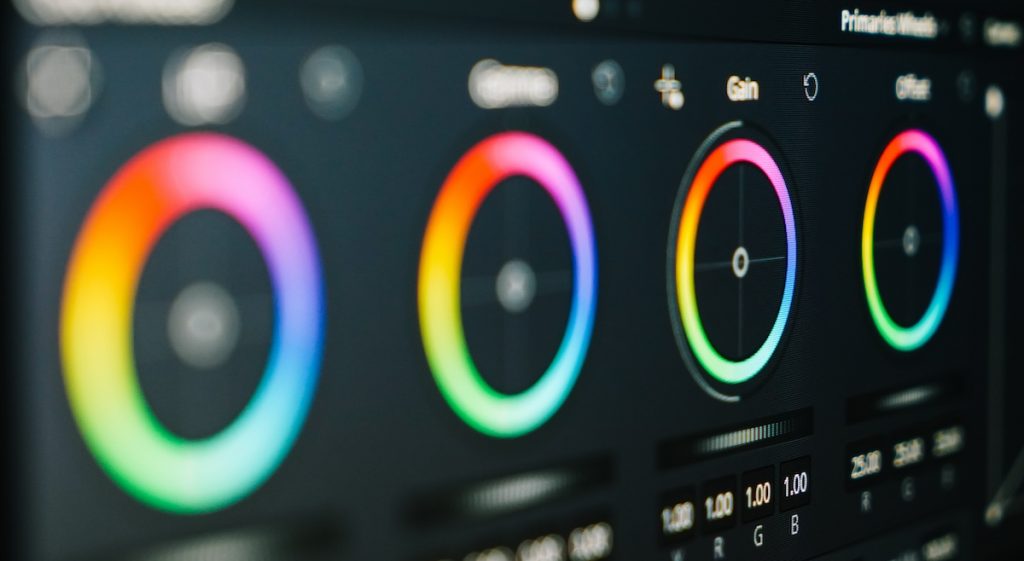
Color is where RAW truly shines, especially if you’re working in professional environments that demand precision, like fashion, commercial branding, skin retouching, or fine art.
RAW files record between 12 to 14 bits of color information per channel (red, green, and blue), compared to JPEG’s 8-bit standard. That means RAW can store thousands of tonal variations for each color, allowing for smoother gradients, better subtlety in hues, and more accurate skin tones without banding or color shifts when editing.
This extra color depth becomes critical during post-processing. For example:
- Adjusting white balance after the shoot? RAW files let you do this seamlessly with no quality loss.
- Want to fine-tune skin tones or neutralize color casts from mixed lighting? RAW gives you the range to do it cleanly.
- Working with brand colors that need to be exact in print or digital media? RAW keeps your colors consistent and controlled.
JPEGs, being limited to 8-bit color, are much more fragile. They can look great out of camera but once you start pushing the file in editing (especially in color grading, saturation adjustments, or selective color edits), you may run into issues like color banding, posterization, or strange shifts in hue.
Also, with JPEG, the white balance is baked in. You can still adjust it, but doing so too aggressively can quickly degrade the image. For photographers who need reliable and editable color, RAW gives you the depth and flexibility to get it right. JPEGs can deliver good results when lighting and camera settings are dialed in perfectly, but there’s little room for error or experimentation afterward.
Storage, Speed and Workflow
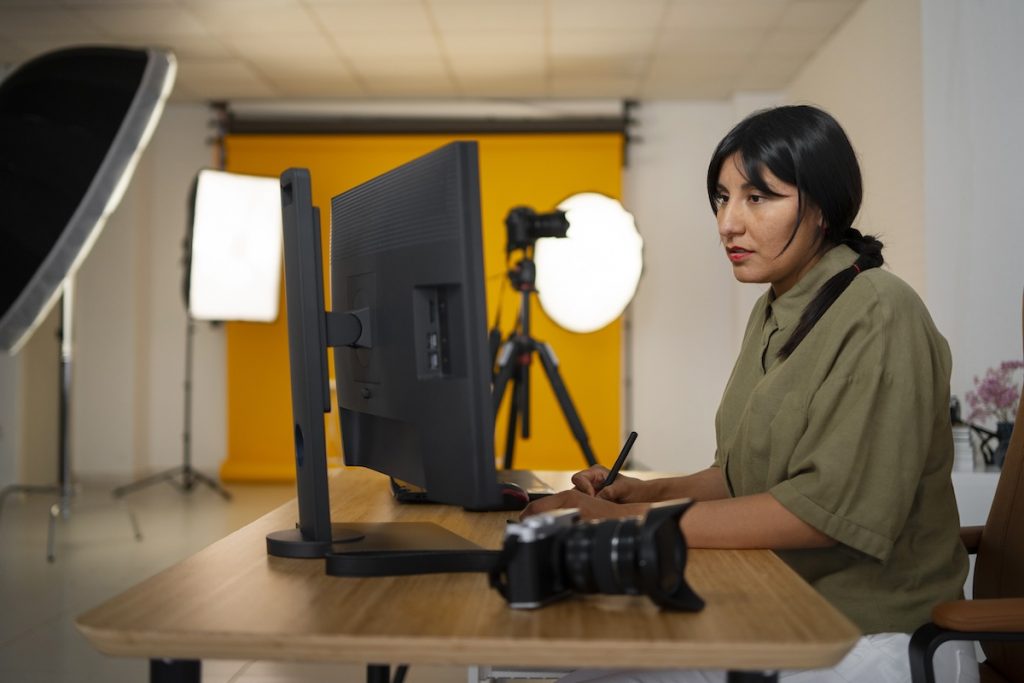
Beyond image quality, one of the most tangible differences between RAW and JPEG is how they affect your camera’s performance and your entire workflow, from capture to delivery. Storage space, shooting speed, and editing time all hinge on the file format you choose.
Let’s break it down into three key areas: file size, buffering and shooting performance, and post-processing workflow.
File Size
RAW files are big—sometimes very big. Depending on your camera’s resolution and the type of RAW file it creates (uncompressed, lossless compressed, or lossy compressed), a single RAW photo can range from 20MB to over 100MB per image. If you’re shooting a full-day wedding, an event with thousands of guests, or a burst-heavy sports match, these files can quickly eat through even the largest memory cards and hard drives.
JPEGs, on the other hand, are much more compact. A high-quality JPEG might only take up 3–8MB, meaning you can store far more images on the same card. That difference matters when you’re traveling light, shooting for long hours, or working on projects where quick backups and uploads are crucial.
If you’re shooting for volume, or storage space is limited (especially on older devices or cloud plans), JPEGs help conserve space. But if you’re focused on quality and editing potential, investing in larger storage is often worth it for RAW.
Shooting Speed and Buffering
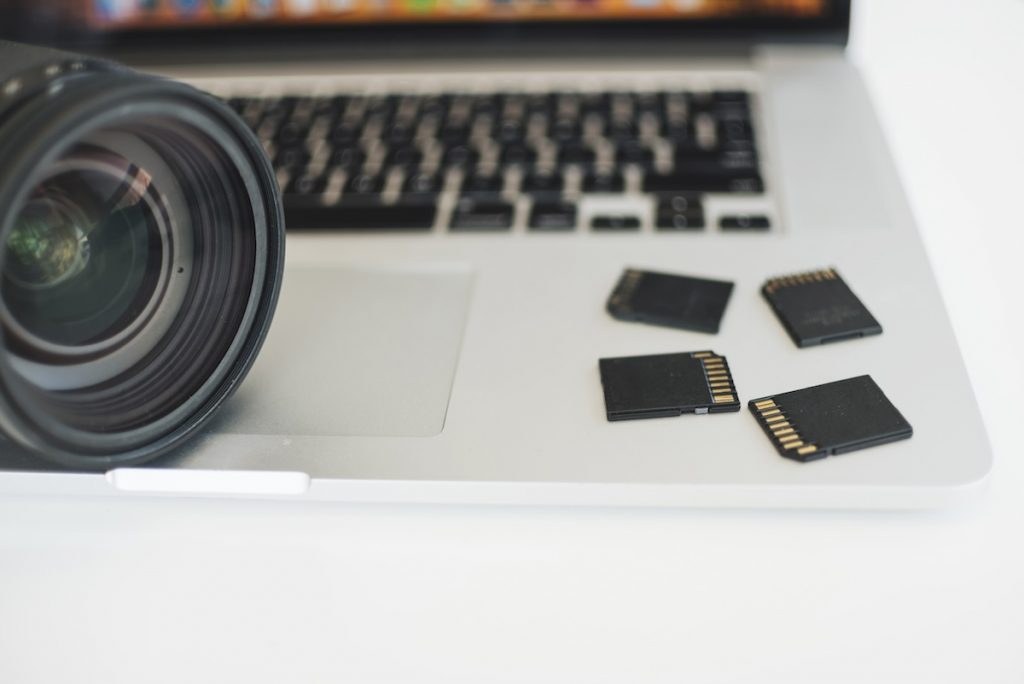
When shooting action, events, or any scenario where timing is critical, your camera’s ability to shoot continuously without slowing down can be make-or-break.
RAW files not only take up more space but also take longer to write to your memory card. That means when you’re shooting in burst mode—say, during a wedding procession, a basketball game, or a fashion show, your camera’s buffer fills up faster. Once full, the camera slows down or pauses while it clears the buffer to the memory card.
JPEGs, being smaller, write to the card much faster and allow for longer burst sequences without interruption. For this reason, many sports and news photographers still rely on JPEG when speed and reliability outweigh editing flexibility.
However, this also depends on your gear. If you’re using modern cameras with fast CFexpress cards or UHS-II/UHS-III SD cards, the buffer clears more quickly than in older setups. Many professionals today shoot RAW+JPEG, letting them capture everything in RAW while using JPEGs for quick previews or same-day edits. JPEG might give you a performance edge, unless your gear can keep up with RAW buffering. Always test your setup before a big shoot.
Workflow and Editing Time
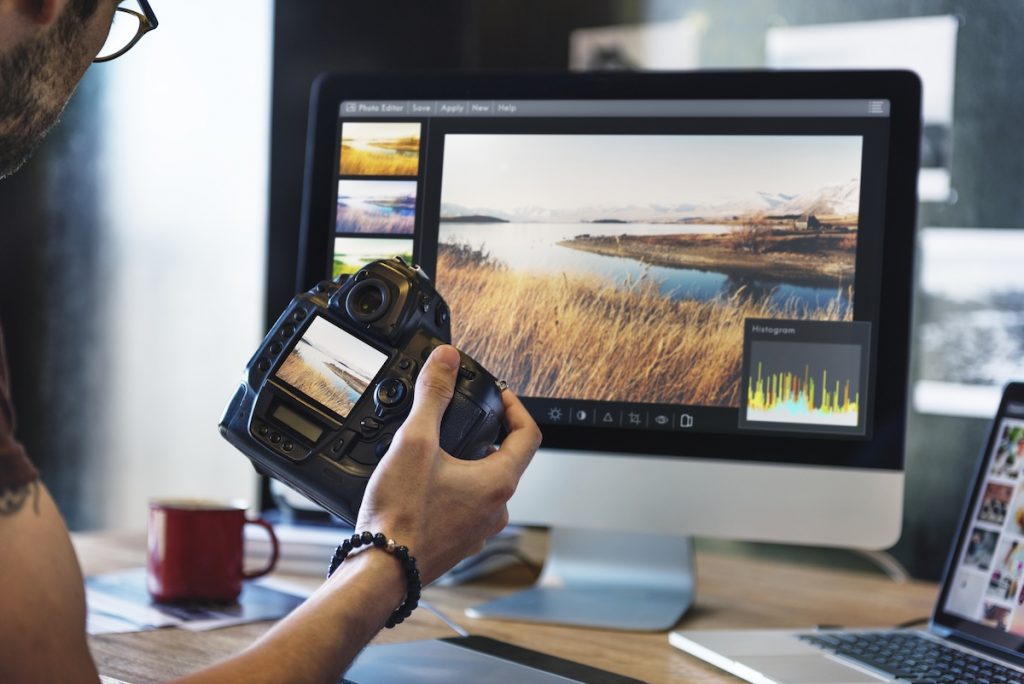
Shooting JPEG means you can skip a large part of the post-processing phase. Since the image is processed in-camera, it often needs only minor tweaks (if any) before it’s ready to be shared or delivered. This is especially helpful for photographers who:
- Offer same-day edits
- Deliver photos in real time (which can be done with Honcho)
- Share social media content directly from their camera
RAW, on the other hand, requires more time and attention. Each image must be imported, processed, and exported. The upside is full creative control, but the trade-off is a longer turnaround time. If you’re shooting hundreds or thousands of RAWs, expect to spend time culling, color grading, and exporting.
That said, modern editing software like Lightroom, Capture One, and AI-powered editors have made RAW workflows faster than ever. You can now apply batch edits, use AI-assisted culling, and sync color adjustments across similar images—making RAW a more viable option even for high-volume shoots. JPEG saves time and is easier to work with straight out of camera. RAW offers more flexibility but requires a more involved editing workflow. Consider your delivery deadlines, editing capacity, and how much polish your images require.
The Benefits of Shooting in RAW
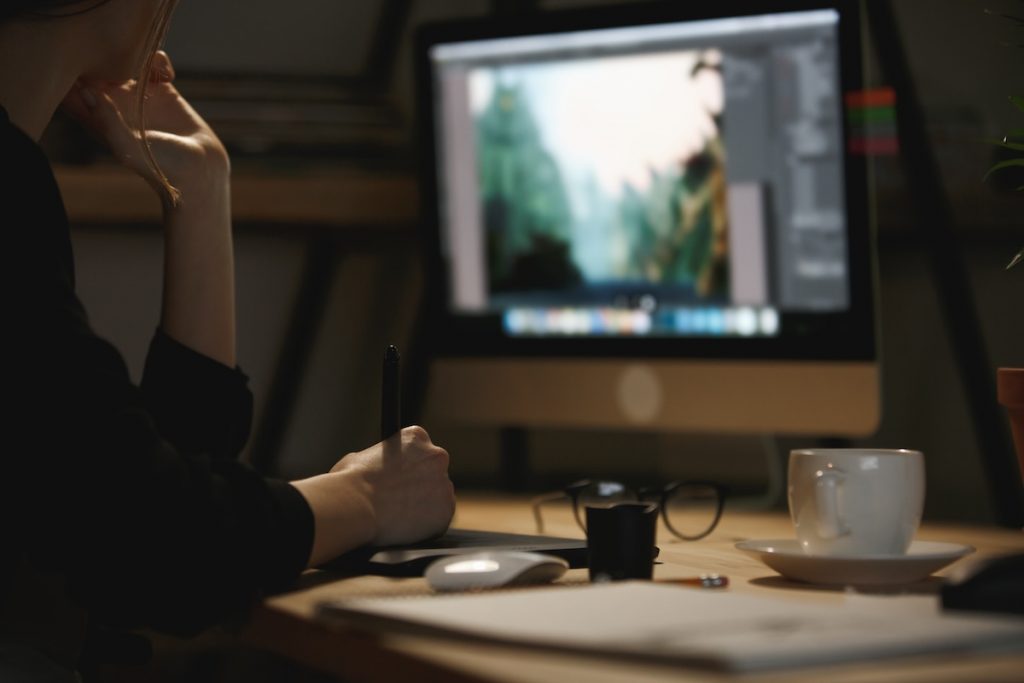
Shooting in RAW might take up more space and slow things down a bit, but for many photographers, those trade-offs are well worth the payoff. RAW gives you maximum creative control and ensures you’re capturing the full potential of what your camera is capable of.
Here are the key benefits of shooting in RAW and why many professionals choose it as their default format.
Maximum Editing Flexibility
This is the big one. RAW files are essentially a blank canvas. Because they retain all the unprocessed sensor data, you have full control over every major aspect of the image: exposure, contrast, white balance, shadows, highlights, clarity, and more.
Overexposed a portrait by a stop or two? You can usually bring back highlight detail in RAW without wrecking the image. Underexposed a low-light shot? You can lift the shadows while maintaining color and texture. These kinds of recovery adjustments just aren’t possible with JPEGs—once data is clipped, it’s gone.
In short, RAW lets you fine-tune your images without being boxed in by what the camera decided at the moment of capture.
Non-Destructive Editing
When you edit a RAW file in software like Lightroom or Capture One, the original file is never changed. All your adjustments are saved as metadata instructions that can be undone, modified, or reset at any time.
This non-destructive workflow means you can experiment freely such as trying different styles, tones, or crops without worrying about ruining the original image. JPEGs, on the other hand, are more fragile. Repeated saving can degrade quality over time, and aggressive changes can permanently change the file.
Future-Proofing Your Work
Editing tools continue to evolve. AI-enhanced noise reduction, smarter sharpening, and advanced color grading tools are more powerful than ever and they work best when given high-quality input.
RAW files serve as your digital archive. Even if you don’t edit an image today, having the RAW file means you can come back years later and reprocess it using newer software and techniques to get results that wouldn’t have been possible when the image was first captured. This means shooting in RAW protects the long-term value of your images and gives you the ability to re-edit with better tools in the future.
The Benefits of Shooting in JPEG
While RAW is often praised for its editing flexibility and image quality, JPEG remains a highly relevant and powerful format, especially when speed and efficiency are priorities. Many professional photographers still shoot JPEG, either by choice or necessity, depending on the demands of the job.
Speed and Convenience
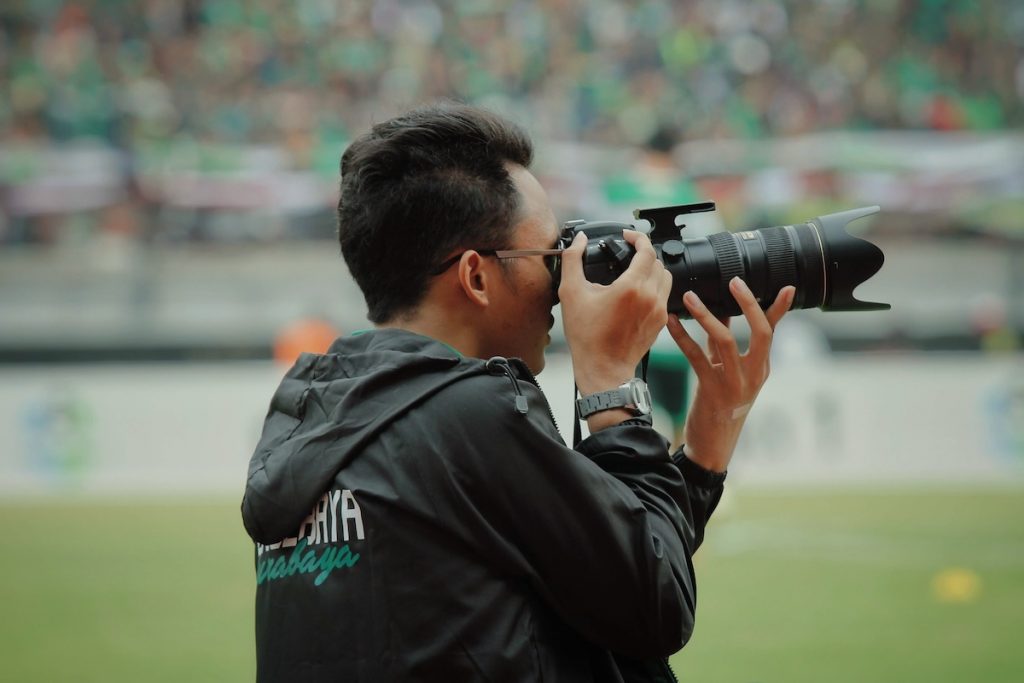
The most obvious advantage of JPEG is speed, both in-camera and in post-production. Since JPEGs are already processed and compressed by your camera, they’re ready to use straight away. No need to import into Lightroom or spend time adjusting exposure and color. You can shoot, select, and send your images with minimal fuss.
For photographers who need to deliver photos quickly like sports photographers, photo booth operators, or event shooters providing live slideshows, this speed can be a game-changer.
Easy Sharing and Instant Use
JPEGs are universally compatible across devices, platforms, and social media apps. They can be viewed, uploaded, and shared immediately from your camera or smartphone without conversion.
If you’re working in situations where clients expect fast access to images (like behind-the-scenes content, press releases, or Instagram Stories), JPEGs make it easy to deliver on the spot.
Many modern cameras even allow wireless transfer of JPEGs to your phone via apps, enabling real-time content posting while you’re still on set or location.
Faster Performance and Longer Bursts
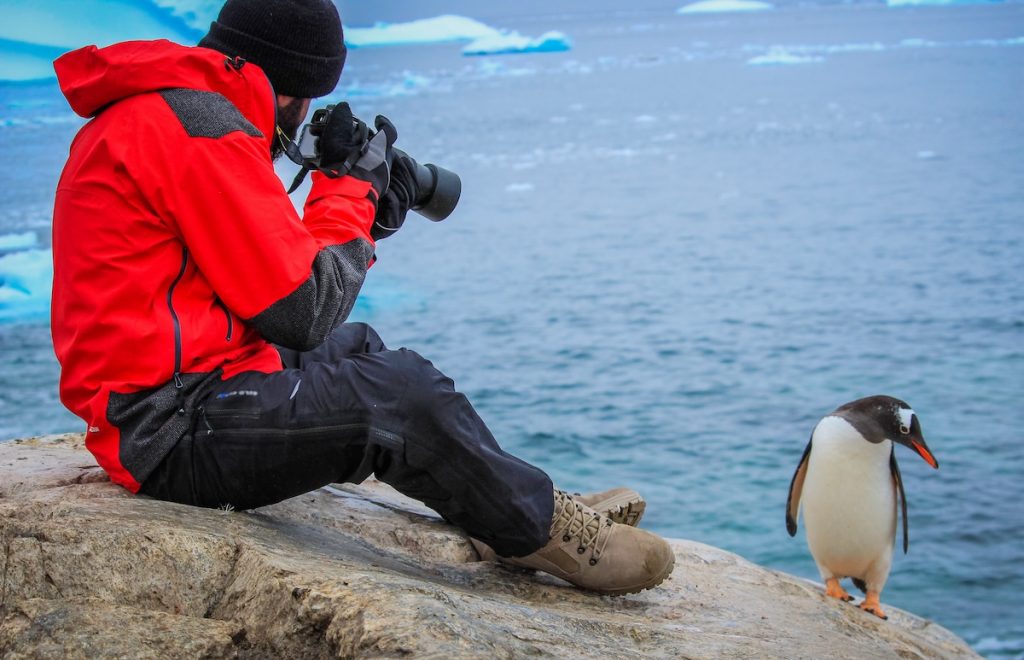
Because JPEGs are smaller and easier for the camera to process, shooting in JPEG allows for faster continuous shooting and longer bursts without filling the buffer. This is a huge benefit in high-speed scenarios like sports, concerts, wildlife, or any moment-based photography where timing is critical.
Even with modern memory cards, RAW files can slow down your camera or interrupt bursts if the buffer fills. JPEGs keep things moving smoothly, allowing you to capture more frames when milliseconds matter. It gives you an edge when shooting fast action, by ensuring that you don’t miss the shot because your buffer couldn’t keep up.
Minimal Post-Processing Required
JPEGs come out of the camera already processed based on your chosen picture style or film simulation. That means they often look “finished” right away with balanced contrast, saturated colors, and sharpened detail.
For photographers who shoot in controlled lighting or who have mastered their in-camera settings, JPEG can save hours in post. This is especially useful for photojournalists, lifestyle bloggers, school photographers, and others who shoot for volume rather than artistic manipulation.
Factors to Consider When Choosing RAW or JPEG
There’s no one-size-fits-all answer when it comes to choosing between RAW and JPEG. The right format depends on your specific needs as a photographer, such as your subject matter, your workflow, your deadlines, and even your gear.
Here are the key factors to consider when deciding which format to shoot in, so you can make the best choice for every shoot.
Type of Photography
Different genres place different demands on image quality, turnaround time, and editing flexibility.
Weddings & Portraits: RAW is usually the better option here. These shoots often involve varied lighting conditions and require skin tone accuracy, dynamic range, and flexibility in post.
Sports & Action: JPEG is often preferred for its faster write speeds and longer burst shooting. Time-sensitive delivery (such as for media coverage) also makes JPEG more practical.
Commercial & Product: RAW is ideal for maximum detail, color accuracy, and retouching control, especially if the work will be printed or used in ad campaigns.
Travel & Street: JPEG can work well when you need to travel light, share images on the go, or conserve memory. However, many travel photographers shoot RAW+JPEG to get the best of both worlds.
Event Coverage: Depends on the client’s expectations. If instant sharing and fast turnaround is essential, JPEG is more efficient. For premium clients or high-end events, RAW ensures image quality.
Turnaround Time
If speed is critical, such as delivering same-day previews or meeting live publishing deadlines, JPEG has a clear advantage. It skips the editing stage, letting you upload, print, or share instantly.
On the other hand, if your delivery schedule allows for retouching and refinement, RAW gives you the flexibility to perfect the final product.
Post-Processing Workflow
RAW files shine when you have a consistent editing workflow and use software that supports non-destructive editing. If you enjoy crafting the perfect color grade, recovering highlights, and dialing in local adjustments, RAW gives you that creative space.
But if you don’t plan to do much editing or don’t have the time, tools, or desire, JPEG gets you there faster. Just make sure your in-camera settings (white balance, picture style, etc.) are spot on.
Storage and Archiving
Storage isn’t unlimited. If you’re shooting thousands of images a week, RAW files will fill your cards and drives quickly. This means more frequent backups, bigger hard drives, and longer upload times to the cloud.
JPEGs are easier on your storage. For some photographers (especially those on the move or working with limited bandwidth), this can be a deciding factor.
Camera Capabilities
Some cameras are better equipped to handle RAW workflows than others. Newer models with fast processors and large buffers can shoot RAW without slowing down. Older or entry-level cameras might struggle especially in burst mode.
Also, some mirrorless cameras offer excellent JPEG color rendering straight out of camera (like Fujifilm’s film simulations), making JPEG a more viable option.
Client Expectation
Are your clients paying for fast delivery or premium-quality edits? Are they expecting social media-ready photos by the end of the day, or a carefully retouched gallery in two weeks?
Understanding your clients’ priorities, whether it’s speed, quality, or flexibility can guide you toward the format that best aligns with their expectations.
Editing Software to Edit RAW and JPEG Files
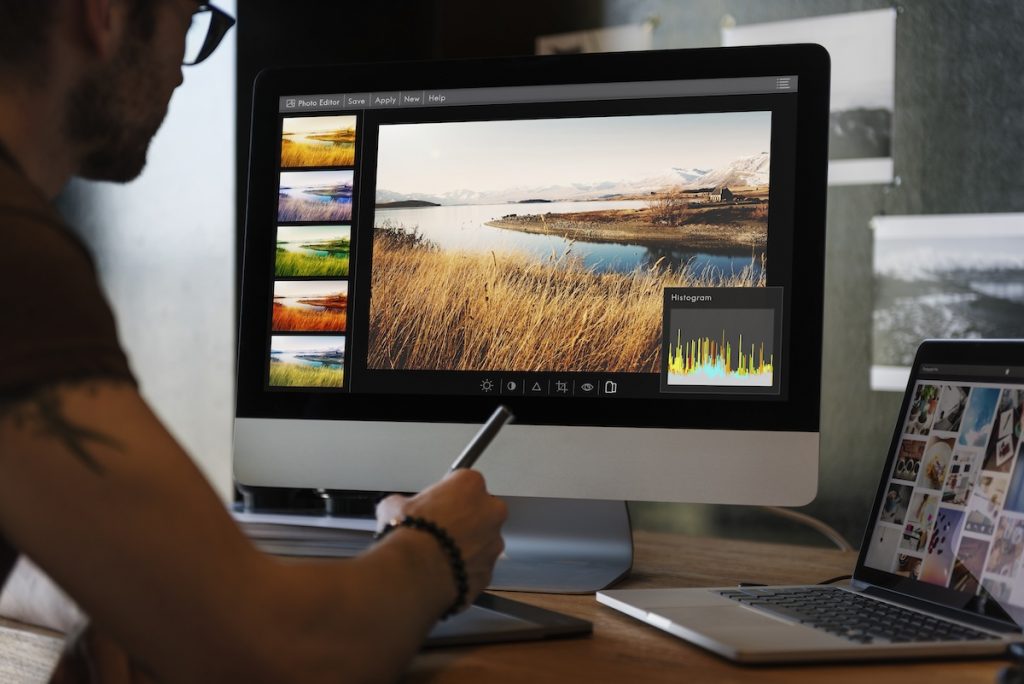
Once you’ve chosen your format—RAW, JPEG, or both—the next question is: what software should you use to edit your images? Your editing platform not only affects your workflow speed but also determines how much control you have over color, exposure, and overall image polish.
Some software are designed specifically for RAW files and offer detailed adjustment tools. Others are geared toward fast JPEG touch-ups or batch processing. Here’s a breakdown of the best options based on file type and editing needs.
RAW Editing
RAW files contain unprocessed sensor data, but the exact file format varies by camera brand. Canon uses .CR2 and .CR3, Nikon uses .NEF, Sony uses .ARW, Fujifilm uses .RAF, and so on. Some brands like Leica and many smartphones use .DNG, a more universal format. While most major editing software supports these RAW types, newer models may require software updates to ensure compatibility. Choosing editing tools that can handle your camera’s RAW format reliably is essential for a smooth workflow.
Lightroom Classic / CC
Adobe Lightroom Classic and Lightroom CC remain the industry standard for most professional photographers. Both versions allow for non-destructive editing, feature advanced tools for exposure, tone curves, HSL adjustments, lens correction, and batch processing, and come with a wide range of plugins. Lightroom CC also offers cloud syncing across desktop and mobile devices, making it ideal for photographers who edit on the go.
Capture One Pro
This is a favorite among studio and commercial photographers for its exceptional color grading tools and accurate tethered shooting capabilities. It offers layer-based editing, superior highlight and shadow recovery, and advanced skin tone controls. This makes it a powerful choice for fashion, product, and portrait work.
DxO PhotoLab
This software stands out for its automated lens corrections and industry-leading noise reduction engine, DeepPRIME. It’s particularly useful when editing high ISO RAW files or images taken with compact or older cameras that need a quality boost in post.
ON1 Photo RAW
As an all-in-one editing solution that doesn’t require a subscription, ON1 Photo RAW combines RAW processing, photo organizing, retouching tools, and special effects in a single app. Its AI masking, portrait enhancement, and sky replacement tools make it a strong option for landscape and portrait photographers.
JPEG Editing
Editing JPEGs doesn’t require the depth of processing that RAW files do, which means you have a wider range of software options, many of which are faster, more lightweight, and easier to use.
Lightroom CC and Mobile
Adobe Lightroom CC (and its mobile version) works just as well with JPEGs as it does with RAW, offering smooth batch processing and a streamlined interface. It’s perfect for photographers who want quick color corrections and fast exports, especially for social media or web delivery.
Snapseed
Snapseed is a powerful free photo editing app for mobile devices that supports selective adjustments, healing, tonal curves, and filters. It’s a great tool for photographers who want to clean up JPEGs on the fly and post directly from their phones.
Photoshop Elements
This is a simplified version of Adobe Photoshop, tailored for beginners or hobbyists who want more than basic editing but don’t need pro-level complexity. It includes guided edits, smart fixes, and creative overlays. It is perfect for enhancing JPEGs quickly.
Luminar Neo
This software brings AI-powered enhancements to the table, with tools for sky replacement, portrait retouching, background removal, and relighting. It supports both JPEG and RAW but is especially effective for JPEGs when you want bold, stylized results with minimal effort.
Affinity Photo
Affinity Photo is a one-time purchase alternative to Photoshop that offers full-featured photo editing, compositing, and retouching. While it can handle RAW files using its built-in engine, it’s also a strong tool for editing JPEGs with precision.
Shooting in RAW and JPEG: Is It Worth It?
Most modern digital cameras offer the option to shoot in both RAW and JPEG simultaneously. In this mode, the camera saves two versions of each image; one unprocessed RAW file and one compressed, ready-to-use JPEG. While this takes up more storage space, it can be a highly effective workflow for photographers who want the flexibility of RAW without sacrificing the speed and convenience of JPEG.
The biggest advantage of shooting in both formats is flexibility. You get the immediate usability of JPEGs which are perfect for client previews, quick social media uploads, or on-the-go transfers alongside the editing flexibility of RAW files, which you can revisit for fine-tuned post-processing later.
Shooting in RAW + JPEG gives photographers the best of both worlds which are high-quality files for detailed editing and quick, shareable images for immediate use. This setup is especially useful when you need to deliver client previews on the same day, transfer JPEGs wirelessly to your phone for instant sharing, or create a backup in case one file gets corrupted.
It also allows you to experiment with in-camera styles or film simulations using the JPEGs, while keeping the RAW files untouched for more precise editing later. Though it takes up more storage and requires a more organized workflow, the flexibility it offers makes RAW + JPEG a smart option in fast-paced or high-stakes shoots.
There are also a few things to keep in mind. Shooting RAW + JPEG uses more memory card space and slows down file transfers and backups. You’ll also have twice the number of files to manage, rename, sort, and archive, so a well-organized workflow is important. Still, for many photographers, the added control and convenience outweigh the extra storage and management effort.
Conclusion
Choosing between RAW and JPEG ultimately comes down to your workflow, goals, and how you want to balance quality with efficiency. RAW offers maximum image fidelity, editing flexibility, and long-term value, making it ideal for professional work, challenging lighting, and creative control in post-production. JPEG, on the other hand, is fast, lightweight, and convenient, which is perfect for quick turnarounds, high-volume shoots, or scenarios where time and storage are limited.
Many photographers find that no single format fits every situation. Some use RAW as their default for its versatility, while others lean on JPEG when speed and simplicity matter most. And for those who need both immediacy and editing power, shooting in RAW + JPEG provides a flexible middle ground.
The best approach is to understand the strengths and limitations of each format and choose what suits the moment. Whether you’re shooting a high-stakes wedding, a fast-paced event, or just documenting everyday life, knowing when and why to use RAW, JPEG, or both can help you work smarter and deliver your best possible images every time.
FAQ
RAW files are unprocessed, uncompressed digital negatives that preserve all data captured by your camera sensor, giving you maximum editing flexibility. JPEGs are processed in-camera, compressed, and ready to use immediately but offer less room for heavy post-processing.
Shoot in RAW when you need maximum editing control, high-quality prints, or are working in challenging lighting conditions. RAW is ideal for portraits, product photography, landscapes, or any scenario where post-processing flexibility is important.
JPEG is best when speed is critical and minimal post-processing is needed. Sports, events, and live photography benefit from JPEG’s smaller file size and faster transfer, allowing you to deliver images quickly.
JPEGs can be edited, but the adjustments are limited because some original image data has been discarded during compression. Heavy edits may reduce image quality, whereas RAW files allow non-destructive, extensive editing.
Yes. RAW files are typically 2–6 times larger than JPEGs because they retain all sensor data. This requires more storage and backup planning but provides higher quality and flexibility.
Absolutely. After editing a RAW file in software like Lightroom or Capture One, you can export it as a JPEG for easy sharing or client delivery.
RAW+JPEG shooting gives you the best of both worlds: a ready-to-use JPEG for fast delivery and a RAW file for full editing flexibility. This is useful if you need speed for client previews but also want high-quality backups.
JPEG is typically better for client delivery due to its smaller size and instant usability. RAW files are usually shared only if the client requires maximum quality for prints or professional retouching.
JPEG files are faster to transfer, preview, and deliver, reducing workflow time. RAW files require more storage, processing, and editing time but give you complete creative control. Choosing the format depends on your workflow priorities.

